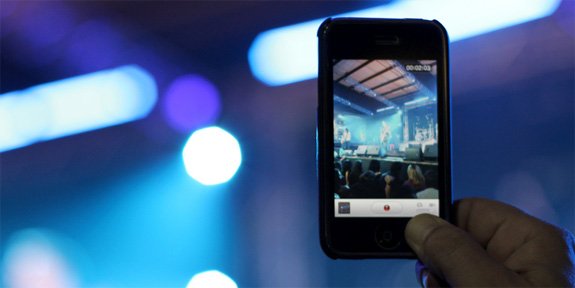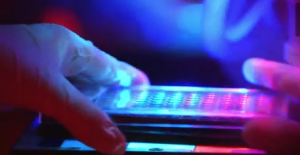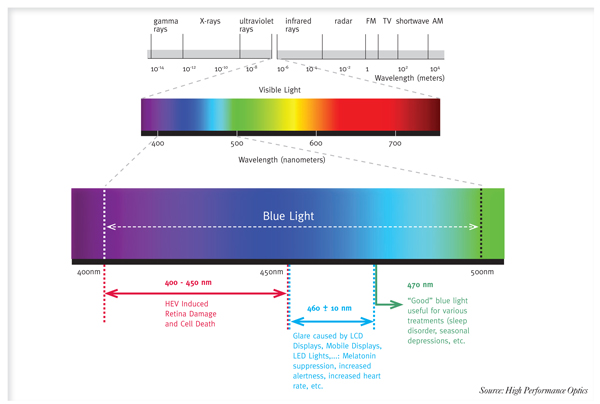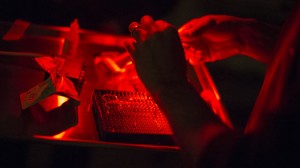Have you asked Santa for a new smartphone, laptop or the latest lightweight tablet? Are you hoping a new big-screen television or maybe a handheld e-book reader will appear under your tree? These devices are wonderful entertainment, a great means to stay connected to family and friends, and they can be educational. Some of them are even must-haves in today’s educational system. But the scary thing is, they emit significant amounts of blue light, which carries a variety of health hazards. 
The white light that we know and love as daylight is really a sort of packet containing light in all the colors of the visible spectrum, including blue light. During the day, blue light is a good thing because it helps you to remain alert and lifts your mood. At night, however, it can interfere with your body’s production of melatonin, a hormone that regulates body rhythms and helps you to get a good night’s rest. Preliminary research at Harvard Medical School indicates that reduced levels of melatonin may be a contributing factor in certain types of cancer, heart disease, diabetes and obesity. And, if you’re having trouble sleeping due to exposure to blue light, Harvard researchers say you have a higher risk of depression, cardiovascular disease and diabetes.
Digital Eyestrain
As we increase our use of electronic media, our eyes are struggling to cope. Children and adults alike experience symptoms such as headaches, blurred vision, itchy eyes, and neck or back pain. In fact, digital eyestrain has surpassed carpal tunnel syndrome as the leading cause of computer-related maladies in the United States.
Why Is Blue so Bad?
Of all the colors in the light spectrum, blue causes the most problems for a couple of reasons. First, because it is the shortest of the light waves, it bounces around more, which causes haze and glare and makes images on your screen look blurry and hard to read. Secondly, blue light is high energy and this means it causes more damage to your retina than any other color of light. In fact, this high-energy light is a major contributing factor to age-related macular degeneration.
Don’t Throw Away Your Electronics

From Essilor statement: “We are able to determine the precise toxic wavelenths in the blue-violet spectrum.”
The good news is, vision technology is keeping pace with the changes in digital technology. Crizal Prevencia, for example, blocks the harmful short rays of blue light (as known as “bad blue light”) while letting in some longer wave, or “good,” blue light so that it doesn’t alter your color perception. You get protection from damaging rays and a clearer screen image all in one. And yes, of course, you can get it here at Providence Optical.


